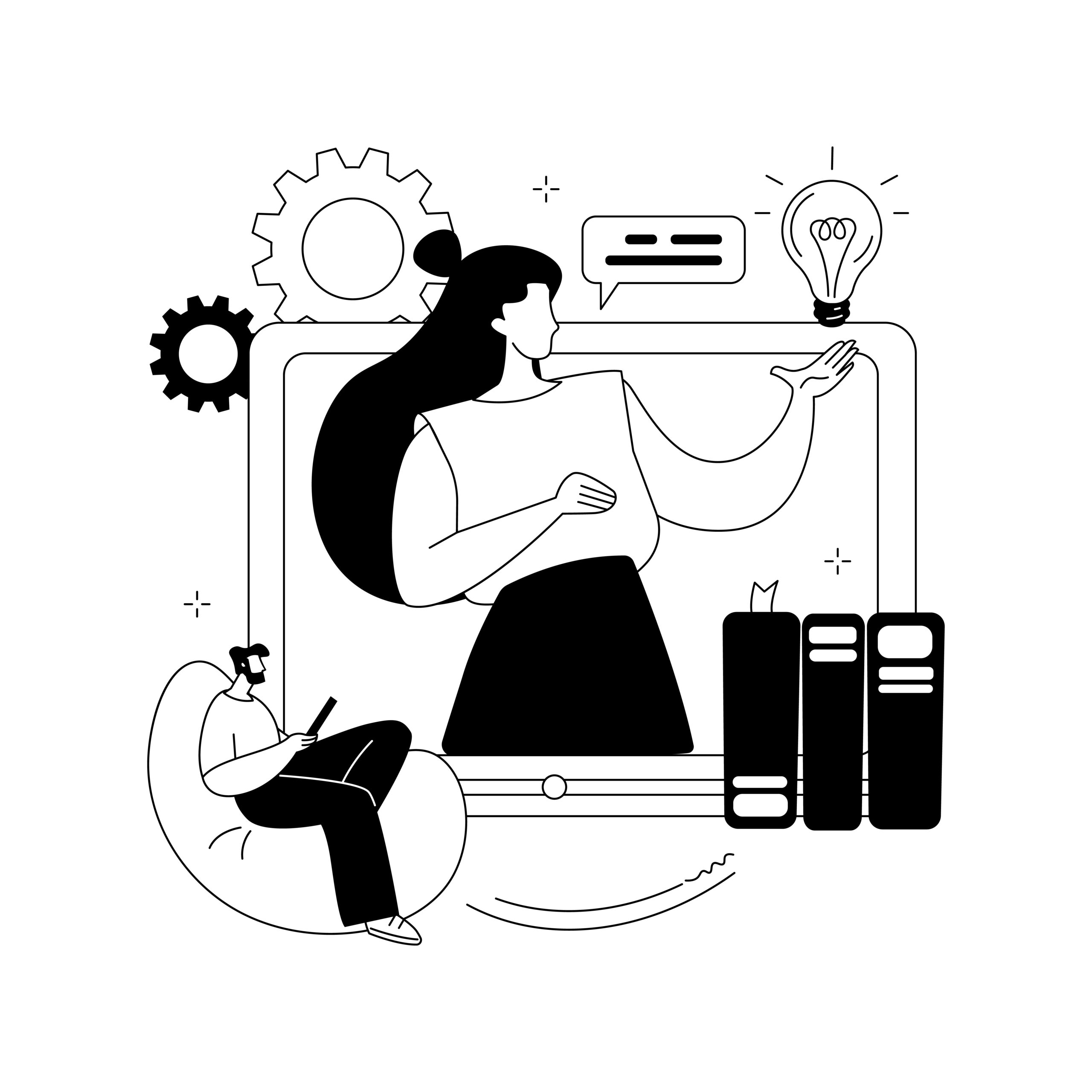Technical Writing
According to the Society for Technical Communication (STC), “technical communication”
is any form of communication that meets the following criteria:
Communicating about topics that are technical or have a very specialized focus.
Done by leveraging some form of technology (web pages, social media, etc.)
Provide instructions to a clearly defined audience through technical content.
Disclaimer: These documents were developed collaboratively, whether written solely by me or with the involvement of my colleagues. This means they are not entirely my work but the result of teamwork, with input from stakeholders, subject matter experts, solution test team members, developers, and peer reviews by fellow colleagues. I feel the need to acknowledge and thank them publicly for their contributions.
Solution Guide
Tools Used:
Project summary and challenges:
This project was initiated as part of Mitel’s integration goals, focusing on connecting OpenScape Voice (OSV) with Zoom via the OpenScape Session Border Controller (OSSBC). I led this project, developing the first integration document and coordinating content deliveries with colleagues working on other PBX systems, such as OS4000. The project had tight deadlines until the very last minute, with evolving deliverables, restrictions, and unexpected blocking issues that required quick resolution.
A key aspect of this project was close collaboration with the Zoom team to support the development of their knowledge article on the Mitel-Zoom integration (Zoom Support).

Configuration Guide
Tools Used:
Project summary and challenges:
This project was initiated following Mitel’s acquisition of Unify, aiming to integrate MiVoice Business with Microsoft Teams via OpenScape Session Border Controller. I joined mid-project to lead it to completion amid changes in processes and tools.
Its completion required me to familiarize myself with a new authoring tool (Heretto CCMS) and create specific content for MiVoice Business while also contributing to another document for a different Mitel system. The project had strict deadlines and required extensive research, attention to detail, strong project management and communication skills, system testing, and close collaboration with the solution test team and stakeholders.

Administrator Guide
Tools Used:
Project summary and challenges:
I was very excited to be part of the writing team for the Virtual Care Collaboration System (VCCS) documentation. VCCS is a telemedicine application that allows practitioners to have virtual consultations with their patients, improving patient care, making processes faster, and more cost-effective.
I contributed to this project by testing the system, writing content for different user groups (system or tenant administrators, practitioners, and patients), and peer-reviewing content developed by another team member. This project posed the challenge of keeping in mind the needs of different users and switching between modes while creating content tailored for each user.
Below are the Virtual Care Collaboration System and Tenant Administration Guides, which cover the management of Virtual Care Services through the Virtual Care Services Administration app.
View The PDF (Tenant Administrator Guide)
View The PDF (System Administrator Guide)

User Guide
Tools Used:
Project summary and challenges:
The Unify Management Center (UMC) is a cloud-based application that manages Unify Phone tenants and users. From a documentation perspective, the challenge lay in its complex hierarchy and the various roles of the system’s users.

User Guides
Tools Used:
Project summary and challenges:
The Devices documents were initially developed by another team, and I was tasked with maintaining and extending their content to include new features, as well as rebranding the documents during the transition to Mitel Unify.
These documents were complex in terms of content structure, making decisions on how and where to add new content challenging. During this process, I also identified several chapters with missing sections. To address these gaps, I tested the devices, such as Desk Phones CPx00, to resolve past issues and incorporate new content effectively.
